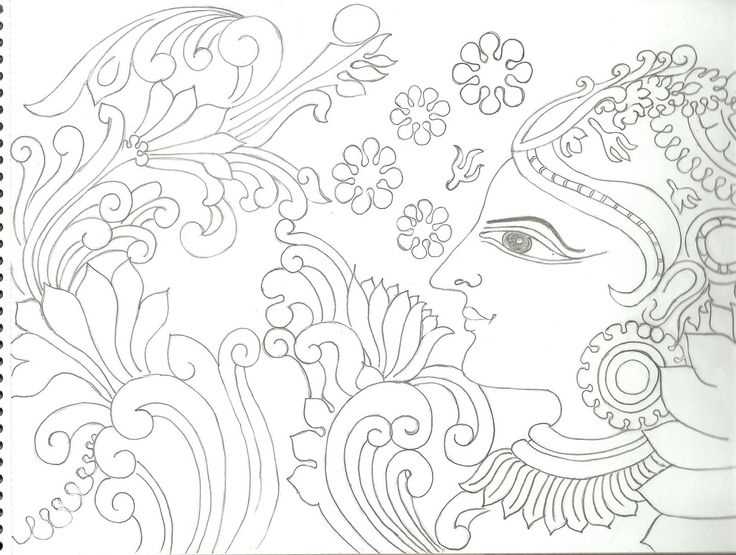
Banksy, the anonymous British street artist, has gained worldwide recognition for his provocative and thought-provoking artwork. His unique style and use of public spaces as his canvas have sparked both praise and criticism across the globe. Banksy’s art often conveys political and social messages, challenging established norms and sparking important conversations.
One of the reasons why Banksy’s artwork is so intriguing is his anonymity. Despite his popularity, he has managed to keep his identity a mystery, which adds an air of mystique to his work. This anonymity allows his art to speak for itself, without any preconceived notions or biases. It also allows him to operate outside the confines of the traditional art world, where artists are often associated with their name and reputation.
Banksy’s artwork is often characterized by its satirical humor and clever use of imagery. His stencils and graffiti-based style make his art easily recognizable and accessible to a wide audience. Banksy’s pieces can be found on the walls of buildings, bridges, and even in unlikely places like the West Bank barrier in Palestine. By choosing public spaces as his canvas, he challenges the notion of art belonging only to galleries and museums.
However, Banksy’s work is not without controversy. Some argue that his art is nothing more than vandalism and should be treated as such. Others believe that his messages are important and necessary in a world where political and social issues can often be silenced. Regardless of where one stands on the legality or morality of Banksy’s work, there is no denying its impact. His art has sparked conversations, influenced other artists, and brought attention to important social issues.
Banksy, the world-renowned street artist, has managed to maintain an enigmatic identity despite his fame. Despite his widespread popularity and influence in the art world, the true identity of Banksy remains unknown.
There are various theories and speculations regarding Banksy’s real identity, but he has managed to keep it well-guarded. Some believe Banksy could be a single individual, while others think it could be a collective of artists. Regardless of who Banksy really is, his artwork continues to captivate and challenge audiences around the globe.
Elusive Persona
What sets Banksy apart from other street artists is his ability to remain elusive. He never reveals his face and always works undercover, leaving behind only his artwork as a trace of his presence. This mystery surrounding his identity has added to the intrigue and allure of his work.
Banksy’s anonymity has become part of his brand and has helped him avoid arrest or prosecution for his unconventional graffiti. By staying in the shadows, he has been able to make bold statements through his art without facing the consequences.
Speculations and Theories
Over the years, there have been numerous speculations about Banksy’s real identity. Many have tried to uncover the truth behind the pseudonym, but Banksy has managed to protect his anonymity successfully.
Some theories suggest that Banksy could be a well-known artist masquerading as an unknown street artist. Others believe that Banksy could be a group of artists working together to create thought-provoking street art. The multiple styles and techniques seen in Banksy’s work have fueled these speculations.
- One theory suggests that Banksy is a collective of artists, allowing them to create such a vast amount of artwork in various locations.
- Another theory proposes that Banksy is a pseudonym used by a single artist who wants to separate their street art from their commercial art.
- There are even theories that Banksy could be a famous musician or actor who is using street art as an outlet for their creative expression.
Despite these theories, Banksy’s true identity remains elusive, adding to the intrigue and fascination surrounding his work.
Banksy’s enigmatic identity has become an essential part of his artistry. It allows him to challenge the norms of the art world and society while maintaining a sense of mystery. Whether Banksy’s true identity is ever revealed or not, his contribution to the world of art and his impact on popular culture are undeniable.
Banksy’s Unique Approach to Graffiti

Banksy, the elusive and anonymous street artist, is widely known for his unique approach to graffiti. Unlike traditional graffiti artists who often use spray paint to create bold and colorful tags or murals, Banksy takes a more conceptual and thought-provoking approach to his work.
Instead of focusing on the aesthetics of his art, Banksy uses his graffiti as a form of social commentary and political activism. His work often addresses important issues such as capitalism, war, poverty, and government surveillance. Through his art, Banksy aims to challenge societal norms and raise awareness about these issues.
Mysterious Identity

One of the most intriguing aspects of Banksy’s work is his mysterious identity. Despite his popularity and global recognition, Banksy has managed to keep his true identity hidden from the public. He never reveals his face and rarely gives interviews, preferring to let his art speak for itself.
This anonymity adds an extra layer of intrigue and mystique to his work. The fact that his identity remains a mystery only enhances the impact of his art, allowing viewers to focus solely on the message rather than the artist behind it.
Unconventional Locations

In addition to his unique approach to graffiti, Banksy also chooses unconventional locations for his artwork. Instead of painting on blank walls or abandoned buildings, he often opts to place his art in public spaces that are highly visible and accessible to everyone.
By using unexpected locations, Banksy is able to reach a wider audience and engage with people who may not regularly visit art galleries or museums. This accessibility is a key part of his approach, as Banksy believes that art should be for everyone, not just those who can afford to appreciate it in a traditional setting.
| Conceptual and Thought-Provoking | Unconventional Locations |
|---|---|
| Banksy’s graffiti focuses on social commentary and political activism. | Banksy chooses unconventional locations to reach a wider audience. |
| His work challenges societal norms and raises awareness about important issues. | This accessibility allows him to engage with people who may not regularly visit art galleries or museums. |
| His unique approach adds an extra layer of intrigue and mystery to his art. | This approach reinforces his belief that art should be for everyone. |
Stencils as a Key Element in Banksy’s Work
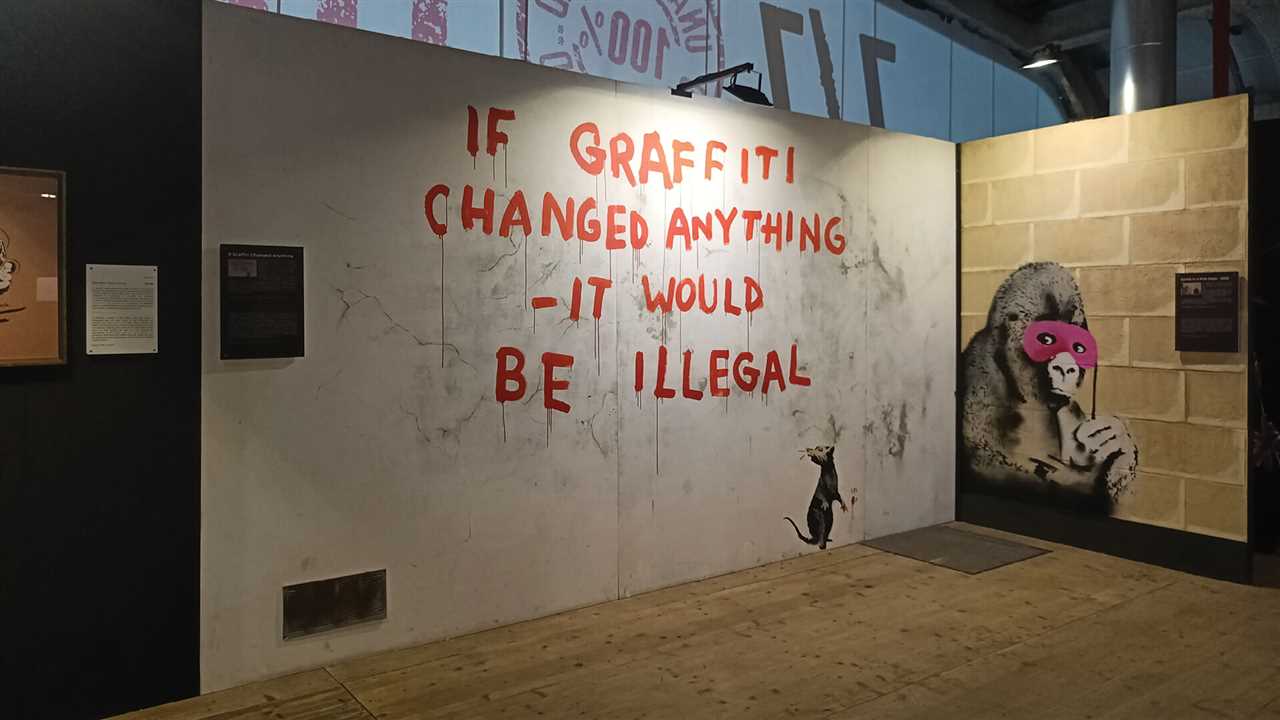
One of the defining characteristics of Banksy’s artwork is the use of stencils. Stencils are a key element in Banksy’s work because they allow him to create large scale and detailed murals quickly and discreetly. By using stencils, Banksy can quickly transfer his detailed designs onto various surfaces, such as walls or bridges, without being caught in the act. This method also allows him to work efficiently, as he can produce multiple copies of a design and easily repeat it in different locations.
Stencils also play a role in Banksy’s political and social commentary. He often uses stencils to depict powerful and thought-provoking images that convey a message or critique societal issues. By using stencils, Banksy is able to quickly create bold and recognizable images that resonate with viewers. These images often feature iconic figures or symbols, such as rats or policemen, which have become synonymous with Banksy’s work.
In addition to their efficiency and impact, stencils also give Banksy the ability to work anonymously. By using stencils, Banksy can create his artwork without revealing his identity or being caught in the act. This anonymity adds to the allure and mystery surrounding his work, as he operates in the shadows and without the approval of traditional art institutions.
Overall, stencils are a key element in Banksy’s work, allowing him to create large scale, detailed, and impactful murals quickly and discreetly. They also enable him to convey powerful messages and maintain his anonymity as an artist. The use of stencils has become a defining characteristic of Banksy’s unique and controversial street art.
Murals with Hidden Messages
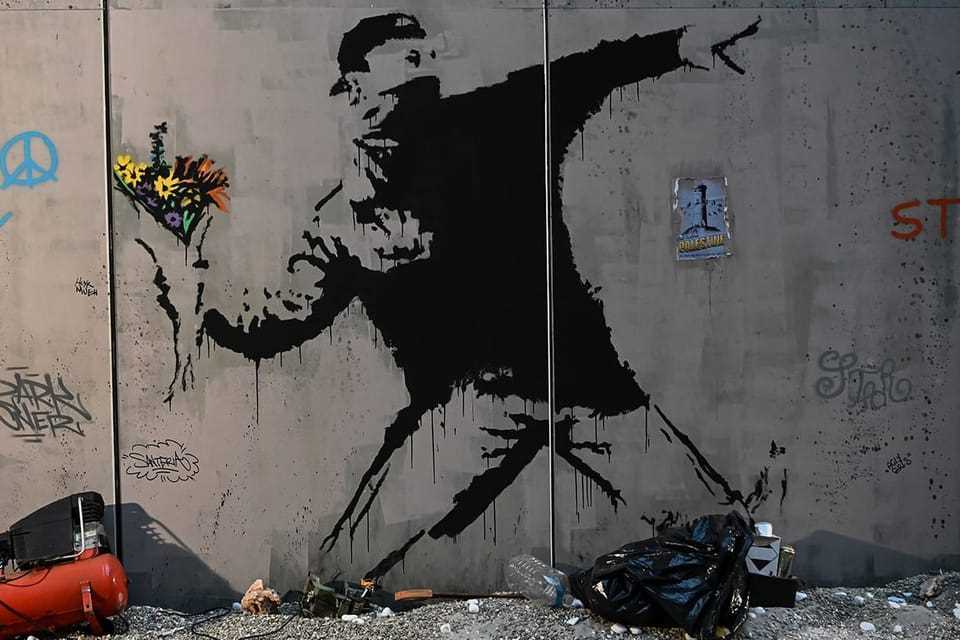
One of the defining characteristics of Banksy’s street art is its ability to convey deeper messages and critiques of societal issues through seemingly simple images. Many of his murals contain hidden meanings and interpretations that encourage viewers to think critically and question the status quo.
One example of a mural with a hidden message is Banksy’s famous artwork “Girl with a Balloon.” At first glance, the image appears to be a simple, whimsical depiction of a young girl reaching for a heart-shaped balloon. However, upon closer inspection, it becomes clear that the balloon is floating away, just out of the girl’s reach.
This mural has been interpreted as a commentary on the fleeting nature of happiness and the struggle to hold onto it. The girl’s outstretched arm represents our constant pursuit of happiness, while the floating balloon symbolizes its ephemerality. The hidden message behind this mural is a reminder to cherish the moments of joy in life, as they can easily slip away.
Subverting Traditional Icons
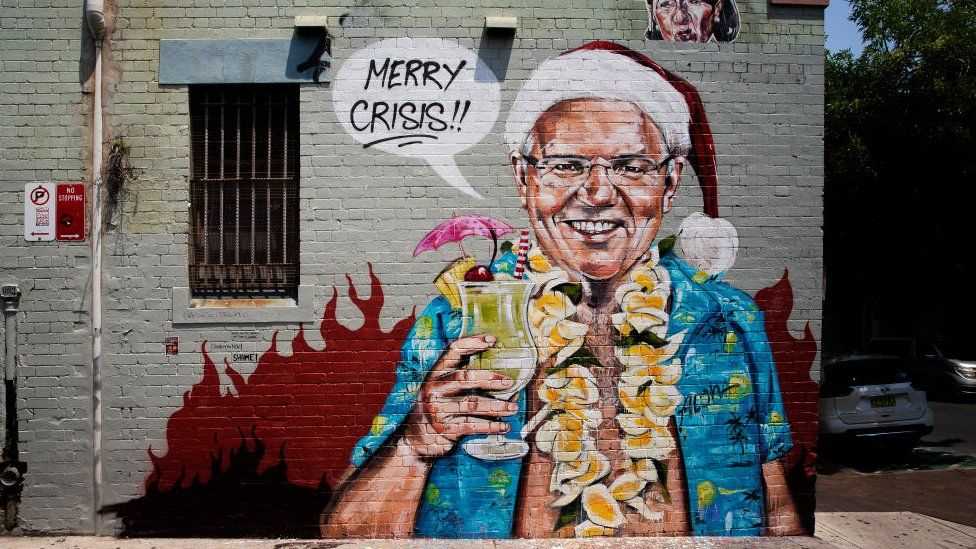
Banksy often incorporates subversive elements into his murals by reimagining and subverting traditional icons. For example, in his artwork “Pulp Fiction,” Banksy replaces John Travolta and Samuel L. Jackson’s characters with two bananas holding guns.
This clever substitution challenges our preconceived notions and expectations of what is considered normal or acceptable. By replacing human characters with fruit, Banksy forces us to question the absurdity of violence and the arbitrary nature of power dynamics in society.
Social and Political Commentary
Banksy’s murals frequently tackle social and political issues, using street art as a powerful platform to raise awareness and provoke public discourse. One notable example is his mural titled “The Mild Mild West,” which depicts a rioter preparing to throw a bunch of flowers instead of a Molotov cocktail.
This artwork challenges the perception of protesters as violent individuals and instead presents them as peaceful, non-threatening activists. The hidden message here is that peaceful resistance can be an effective form of protest and can create positive change, even in the face of adversity.
- Overall, Banksy’s murals with hidden messages serve as a thought-provoking commentary on various social, political, and cultural issues.
- They provide a powerful platform for public discourse and encourage viewers to question the status quo.
- Through their clever symbolism and subversive elements, these murals challenge our preconceptions and inspire us to think critically about the world around us.
The Political Standpoint of Banksy’s Art

Banksy’s art is known for its strong political messages and commentary on various social issues. Through his street art pieces, Banksy challenges the status quo and highlights the injustices and inequalities in society.
One of Banksy’s recurring themes is the critique of capitalism and consumerism. He often portrays iconic figures or symbols of corporate power, such as Mickey Mouse or Ronald McDonald, in a satirical and subversive manner. These portrayals serve as a reminder of the negative impact of greed and mass consumption on society.
Banksy also addresses political conflicts and war through his art. His murals depicting the Israeli-Palestinian conflict have garnered significant attention and sparked debates. These artworks aim to raise awareness and provoke discussions about the consequences and complexities of such conflicts.
Furthermore, Banksy’s art sheds light on issues related to immigration and refugees. His powerful and thought-provoking artworks draw attention to the plight of those forced to flee their homes due to war, poverty, or persecution. Through his art, Banksy calls for empathy and compassion towards those seeking a better life.
In addition to political issues, Banksy’s art also challenges the traditional art world and questions the concept of ownership. By creating ephemeral street art that can be easily destroyed or removed, Banksy challenges the notion of art as a commodity and invites viewers to question the value and meaning of art in today’s society.
Banksy’s political standpoint is evident in his choice of subjects and the way he presents them. His art serves as a voice for those marginalized and oppressed by the system, and it encourages viewers to critically reflect on the society we live in.
Controversial Artistic Statements
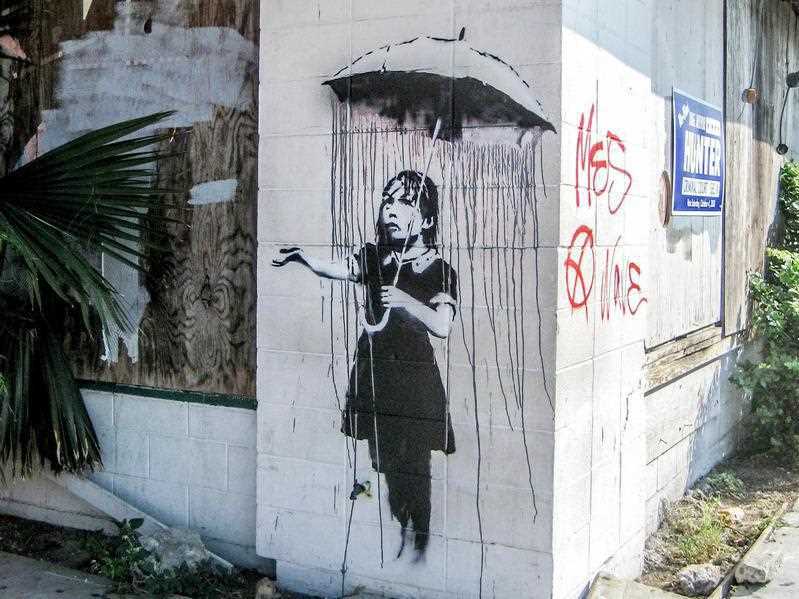
Banksy is known for creating controversial and thought-provoking art that challenges societal norms and institutions. Through his bold and often politically charged statements, he forces viewers to question their beliefs and the status quo. Here are some of Banksy’s most controversial artistic statements:
The Shredding of “Girl With a Balloon”

One of Banksy’s most iconic artworks, “Girl With a Balloon,” shocked the art world in 2018 when it self-destructed immediately after being sold at an auction for over a million dollars. The artwork was fitted with a hidden shredder, which Banksy activated remotely. This act of destruction sparked debates about the value of art, the power of money, and the role of the artist.
The Israeli-Palestinian Wall Murals
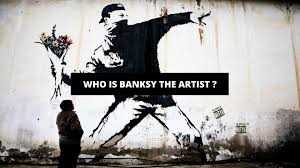
Banksy’s murals on the Israeli-Palestinian wall in the West Bank have sparked controversy and debate on the subject of the ongoing conflict in the region. His artworks, depicting images of hope, resistance, and criticism of the wall itself, have been seen as both provocative and powerful statements on the Israeli occupation and the plight of the Palestinian people.
Banksy’s use of graffiti and stenciling to create his works adds to the controversial nature of his art. Graffiti is often seen as vandalism, but Banksy’s art elevates the medium to a form of social commentary and protest. His anonymous identity and unconventional methods add a layer of intrigue and mystery to his work, drawing even more attention to his controversial artistic statements.
Corporate Critique
Banksy frequently critiques the corporate world and consumer culture through his art. His satirical pieces often target large corporations, such as McDonald’s and Disney, highlighting their negative impact on society and the environment. These works challenge the viewer to question the influence of corporations and the consequences of unchecked capitalism.
Whether you agree with his methods or not, there is no denying the impact Banksy has had on the art world and the conversations his work sparks. His controversial artistic statements continue to push boundaries and challenge the status quo, reminding us of the power of art to provoke thought and inspire change.
Impact on the Art World

Banksy’s street art has had a significant impact on the art world, challenging traditional notions of art and the role of the artist. Through his unique and often controversial works, Banksy has sparked conversations and debates about the nature of art, its purpose, and its meaning.
1. Challenging the Art Establishment
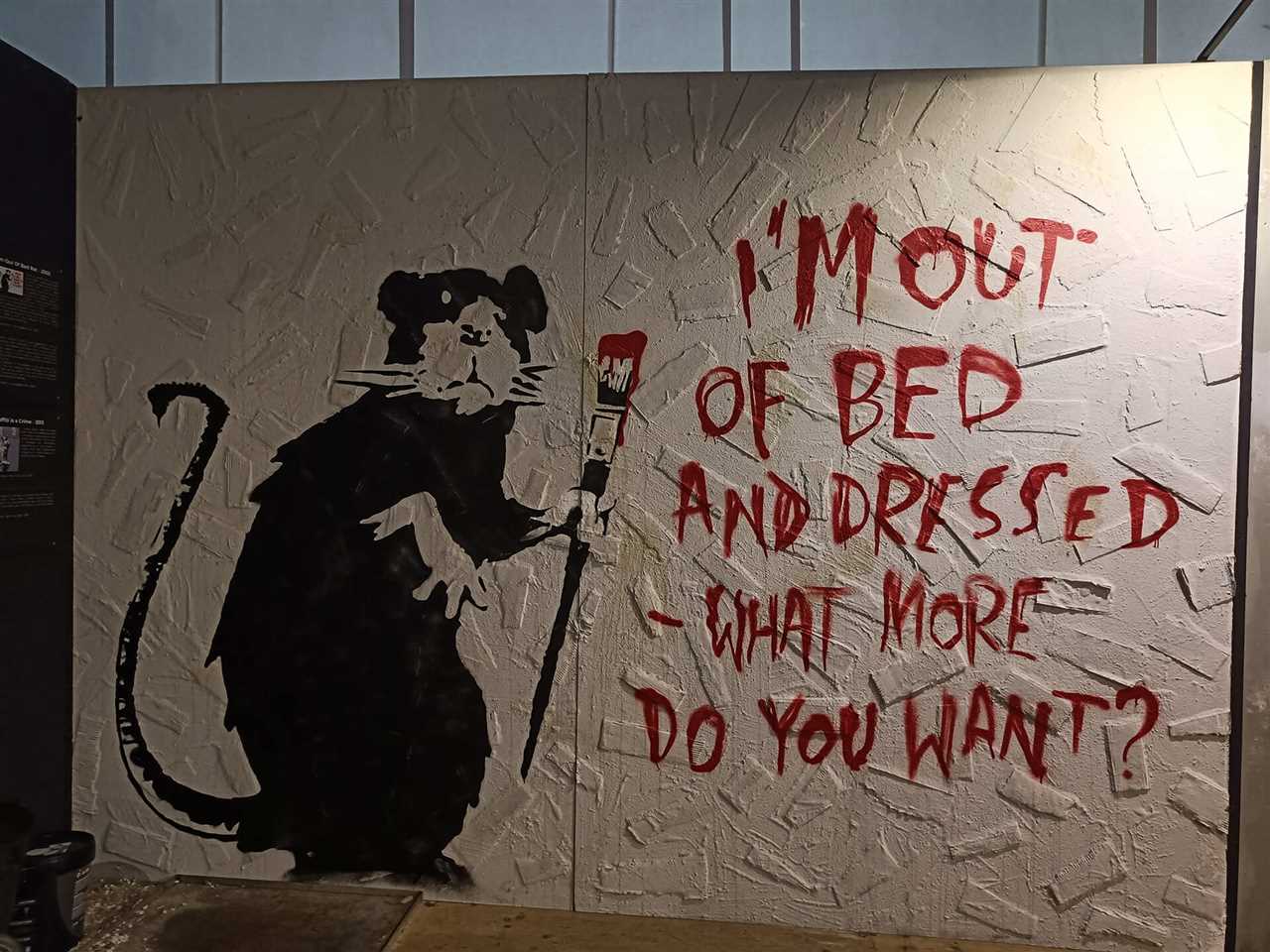
Banksy’s graffiti-style art has challenged the traditional art establishment and its elitism. By creating street art that is accessible to everyone, Banksy has broken down barriers and brought art to the masses. His work has shown that art can exist outside of galleries and museums, and can be a powerful form of expression in everyday urban environments.
2. Bringing Social and Political Issues to the Forefront
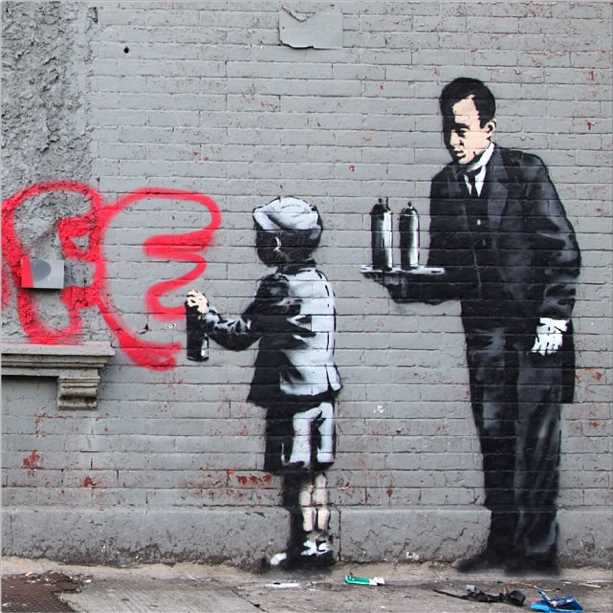
One of the defining characteristics of Banksy’s art is its strong social and political commentary. Through his stencils and murals, Banksy addresses issues such as capitalism, consumerism, war, and social injustice. By using public spaces as his canvas, Banksy forces viewers to confront these issues head-on, encouraging critical thinking and discussion.
His work has not only raised awareness about these issues but has also inspired other artists to use their art as a means of social and political activism. Banksy has shown that art can be a powerful tool for change and can have a lasting impact on society.
3. Shifting Perspectives on Street Art
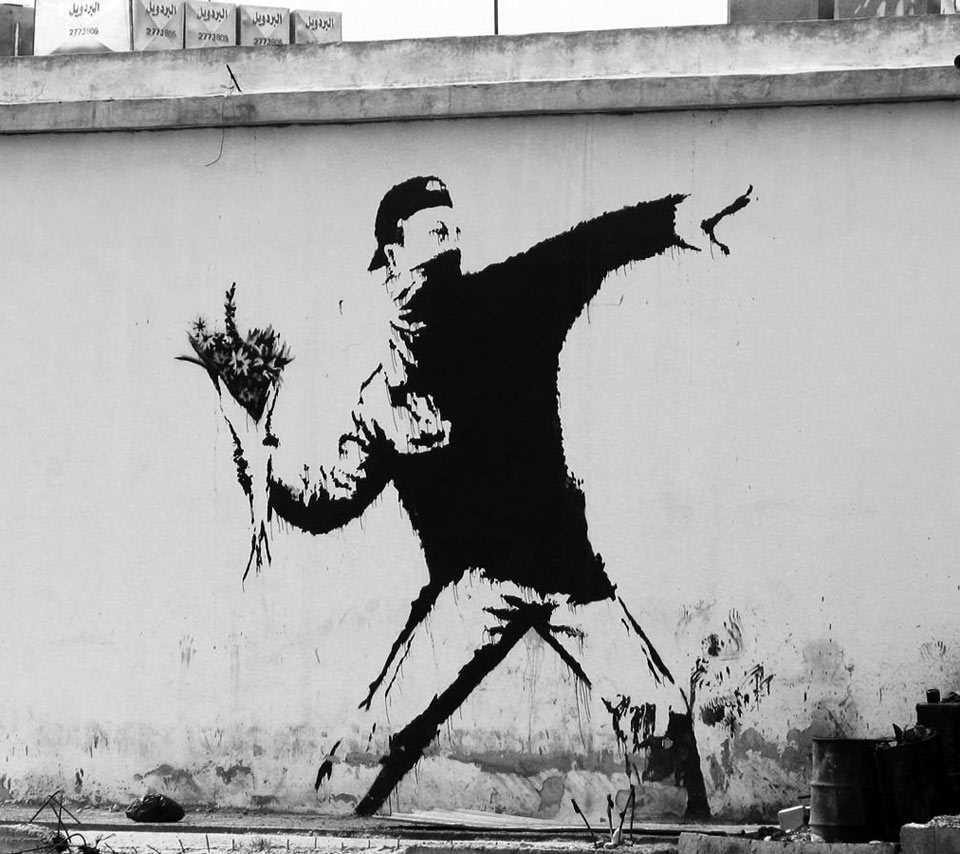
Banksy’s art has played a significant role in shifting perspectives on street art. Once seen as vandalism or graffiti, street art is now recognized as a legitimate form of artistic expression. Banksy has shown that street art has the power to engage and captivate viewers, just like any other form of art.
His work has paved the way for other street artists to gain recognition and opportunities to showcase their talents. Street art has become a respected and sought-after art form, with artists like Banksy leading the way.
Street Art or Vandalism?

When it comes to street art, there is often a fine line between artistic expression and vandalism. Some argue that street art adds character and vitality to a city, while others view it as a form of illegal defacement. The debate over whether street art should be considered art or vandalism has been ongoing for decades.
The Artistic Argument
Street art enthusiasts argue that it should be considered a legitimate form of art. They believe that street art has the power to challenge societal norms, provoke thought, and beautify public spaces. This art form draws attention to important social and political issues in a way that traditional art may not.
Street art often provides a voice for marginalized groups and serves as a form of protest against social injustices. It can transform rundown and neglected areas into vibrant cultural hubs, attracting visitors and boosting local economies. Advocates for street art argue that it should be celebrated as an integral part of contemporary urban culture.
The Vandalism Argument
On the other hand, opponents of street art argue that it is simply vandalism. They believe that street artists are defacing public property and infringing on the rights of others. Graffiti, in particular, is seen as an eyesore and a sign of urban decay.
Detractors argue that street art may encourage other forms of illegal activity, such as drug use and gang violence. Additionally, the cost of removing graffiti can be a burden on public funds. Critics contend that street artists should find legal ways to express themselves rather than defacing public spaces.
Overall, the debate over whether street art constitutes art or vandalism remains contentious. As cities grapple with issues of urban development and cultural expression, finding a balance between preserving public spaces and allowing artistic freedom is crucial.
Preservation and Conservation Efforts
Banksy’s street art has become not only a cultural phenomenon but also a highly sought-after form of contemporary art. As a result, there have been increasing efforts to preserve and conserve his works, given their ephemeral nature.
One challenge in preserving Banksy’s art is its location. Being painted on public walls or structures, the artworks are vulnerable to damage and removal. Many of Banksy’s artworks have been intentionally painted over or defaced by vandals, further highlighting the transient nature of street art.
Despite these challenges, there have been initiatives to protect Banksy’s works. Some property owners have taken steps to safeguard the artworks on their buildings, such as covering them with plexiglass or placing security cameras nearby. This has helped deter vandalism and ensure the longevity of the artwork.
In addition to physical protection, there have been efforts to document and archive Banksy’s art. Organizations and individuals have catalogued his works through photographs and written descriptions, creating a comprehensive record of his artistic achievements.
Furthermore, there have been instances where Banksy’s artworks have been carefully removed from their original locations and placed in museums or private collections. This allows for better preservation and access to the artworks, ensuring that they are not lost to time or destruction.
Preservation and conservation efforts extend beyond Banksy’s individual works. There is growing recognition of the importance of street art as a cultural heritage and artistic expression. Organizations and governments are implementing policies to protect and preserve street art in general, including creating designated areas for street artists and establishing legal frameworks to safeguard their works.
Overall, preservation and conservation efforts play a crucial role in ensuring that Banksy’s street art continues to be appreciated and studied for years to come. By documenting, protecting, and exhibiting his works, we not only preserve his artistic legacy but also acknowledge the significance of street art as a valuable and influential form of expression.
The Influence of Banksy on Contemporary Art
Banksy, the anonymous street artist, has made a significant impact on the contemporary art world. His unique and thought-provoking works have challenged traditional ideas about art and pushed the boundaries of what is considered acceptable in the art community.
One of the key ways Banksy has influenced contemporary art is through his use of stencils. By using stencils, Banksy is able to quickly create detailed and precise images on walls and other public spaces. This technique has been adopted by many other street artists, allowing them to create powerful and impactful pieces on a larger scale.
Banksy’s work also tackles important social and political issues, often making powerful statements about topics such as capitalism, consumerism, and the environment. His artwork serves as a form of social commentary, encouraging viewers to question and reflect on these issues. This approach has influenced many contemporary artists who seek to use their art as a means of activism and raising awareness.
Another aspect of Banksy’s influence is his ability to create controversy and generate public discussion. His anonymity and mysterious persona have added intrigue to his work, sparking interest and debate. His artworks have been the subject of numerous controversies, leading to conversations about the role of street art in society and the value of public artistic expression.

Additionally, Banksy’s use of humor and wit in his art has inspired many contemporary artists to incorporate these elements into their own work. His clever and satirical pieces often use irony and sarcasm to convey a powerful message, showing that art can be entertaining and thought-provoking at the same time.
The influence of Banksy on contemporary art goes beyond the street art world. Many galleries and museums now exhibit street art, recognizing its importance and cultural significance. Banksy’s success in gaining mainstream recognition has paved the way for other street artists to gain recognition and opportunities within the art world.

I am a mural enthusiast and a fervent admirer of street art. Rather than creating murals myself, I am passionate about collecting them. My love for street art knows no bounds. I am dedicated to curating and cherishing these artworks that grace the streets. My collection stands as a testament to my profound appreciation for this form of artistic expression.
read about me



